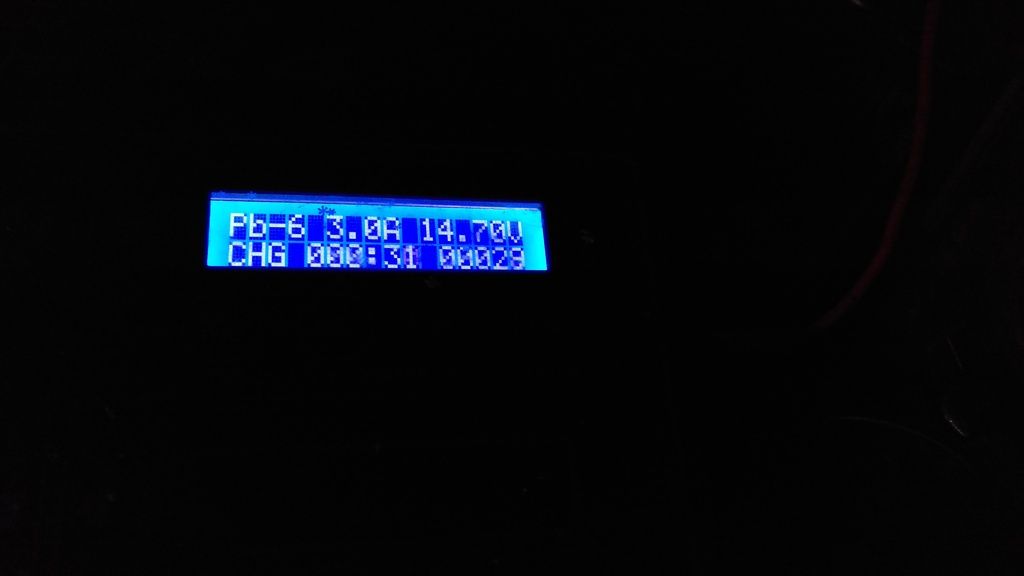FalconFour
Well-known member
mamarley said:arnis said:Anybody tried disconnecting current sensor?
I tried unplugging the current sensor on my 2014 SL today. It does indeed make the 12v system operate at 14v (14.24v exactly, in my case) continuously. It doesn't seem to make any warning lights come on, but it does set the "P1551 000B EV/HEV Battery Current Sensor EVC-165" and "P1557 000B EV/HEV Battery Temp Sensor EVC-173" codes.
Oh, that's actually pretty cool. I think I might do that with mine, see how it goes. Since the Leaf also charges the 12V (rather, it runs the standard "charging" cycle) when it's charging the HV battery, that could do well to maintain the 12V battery. :mrgreen:
Since I posted this original thread, I've had 2 more dead 12V events... I've got it down to a 2-minute minor inconvenience at this point with my little lithium jump pack :lol: But after each one, I find it lasts at least another month or two if you follow it up with a full 12V charge from an external charger (before plugging the car in to charge normally).
Also, I totally agree that 13.6v would've been a fairly more appropriate "float" voltage for storing months on end. They really could've pushed it even higher to maybe 14.0v given that the purpose of the system is to emulate an alternator, and for decades upon decades, the car just ran at 14.4V (if not higher, less regulated) all the time it's running. If the Leaf's advanced management is supposed to make them last longer (not to mention the complete lack of cranking demand), then why would Leaf owners so frequently run into batteries that only "lasted" a shorter time than an '80s Toyota?

